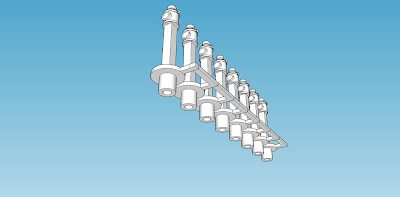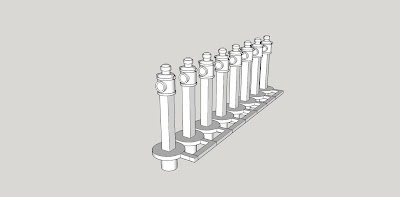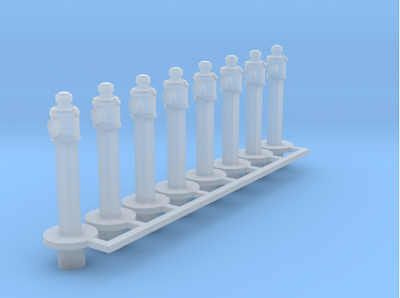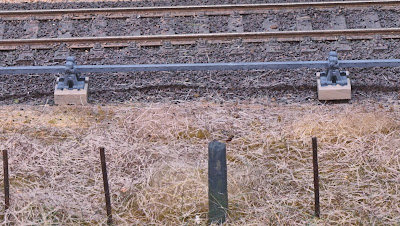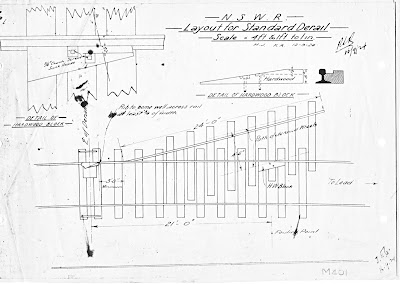Sometime ago I did a post on how I make ‘chuff cams’ for model steam locomotives using Super Glue (ACC).
Erik Bennett sent me an email recently with his method so I
asked him if he minded if I posted on the blog. As a result with
Erik’s agreement here is his method for setting up a ‘chuff cam’ on a model
steam locomotive.
Hi Ray,
I’ve put chuff cams in a number of locos, previously using a
piece of 35mm film negative, cut to shape and superglued to the back of the
wheel.I saw your blog a few months ago where you described the technique of painting superglue on the back of the wheel.
Knowing how hard superglue is when it sets, I thought it a
great technique and decided to try it on my next loco.
Well, I just finished a loco and it works great.So, thank you for posting your superglue technique.
For info, I modified your method slightly and offer it here as an additional method:
I found it a bit tricky to get a clean edge when free-painting using the pencil mark method.
So I cleaned the superglue off my early attempts and cut 4 identical strips of adhesive tape.
The strips were about 3/4 the radius of the wheel in length
and wide enough so that four strips gave four equal make & break sequences.
I actually used Tamiya painting tape and put 4 bits on top
of each other on a pane of glass, then did my cuts.
Bearing in mind that the chuff sound is made on the break
(not the make), I marked on the wheel where the break should be in relation to
the pickup contact when the rods are TDC (Top Dead Centre - RP) as the wheel rotates forward.
I positioned the first strip radially outwards so its
trailing edge was aligned with this mark. The longish length of tape makes it
easy to align radially.
I then positioned the other three equidistant around the
wheel.
Then I painted superglue as evenly as I could in the bare
spaces between the strips.I let it dry for a day, removed the tape and gently smoothed any raised edge where the superglue had interfaced with the tape.
I ended up with 4 nice tough break surfaces! And nice chuff sounds when the engine runs,
synchronised with the rods.
So thanks once again; your method is much easier than the
35mm film.
Best regards,
Erik
Thank you Erik it is nice to get feedback about the blog and I
am glad it got you thinking to come up with this more sophisticated version of
the ‘chuff cam’.

